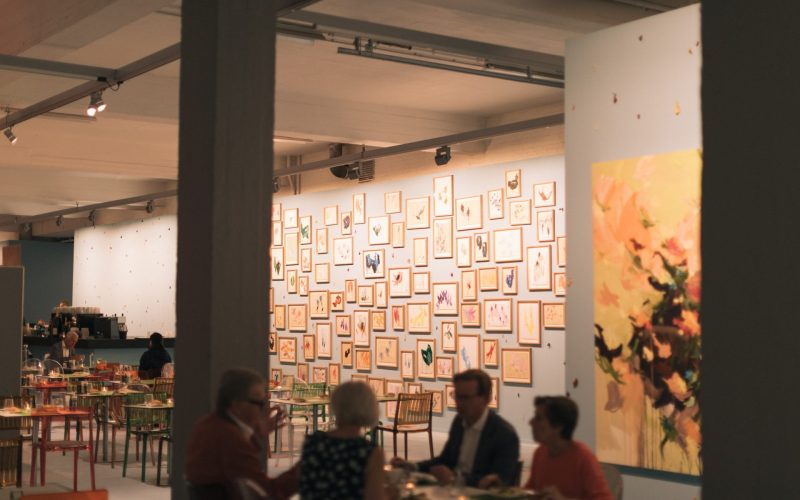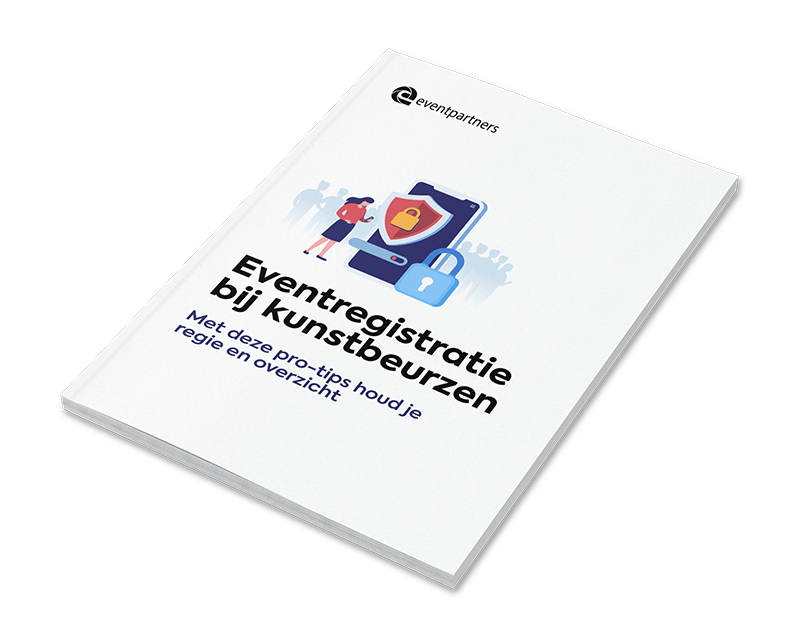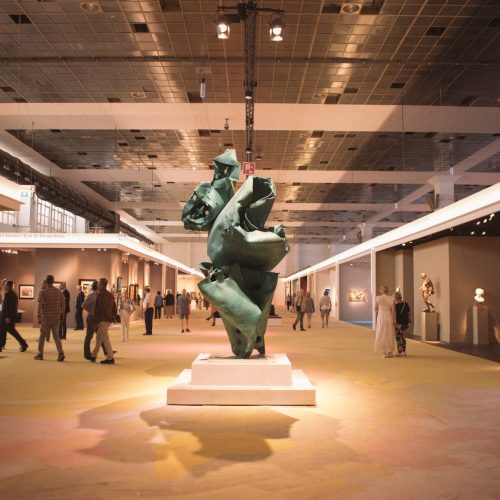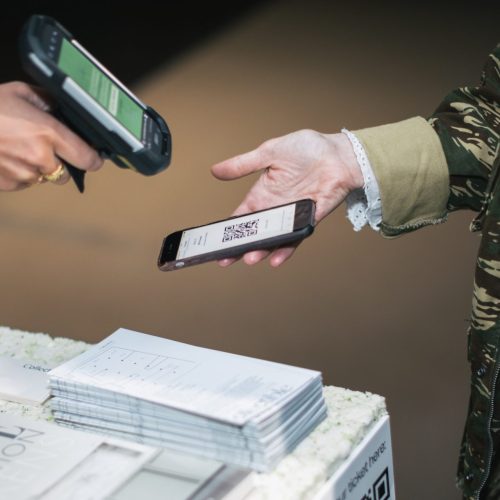
Peter Koopmans (PK): "Sales, haha. Exhibiting at an art fair used to be more about advertising your gallery. Now it is rather the other way round and a gallery advertises the art fair. A second success factor is attendance. As a gallery owner, you naturally want to bring the artists you represent to the widest possible audience. The KunstRAI attracts about 15,000 people, PAN about 40,000. If I have a good opening here in my gallery, fifty people come by, so to speak. So do the math."
PK: "We always try to encourage as many invitations as possible. In terms of amount of invitation sent, Contempo is in seventh place at KunstRAI. This is because in addition to e-tickets, we also sent 1,200 tickets by post. It is nice if the fair's invitation system supports this double sending, i.e. by e-mail on the one hand and by post on the other. I throw a huge file of contacts into Eventpartners' system. This is possible simply because it ends up in a secure environment that only I can access."
PK: "Huge. People are always very sensitive to competition. On the contrary, I prefer to work with other galleries, because then your potential market is much more interesting . His clients buy from me, my clients buy from him, what does it matter? Often people are looking for a specific thing or style anyway. If I don't have it then, I'm happy for my customer that he finds it at a neighbour's. That's why I invite as many people as possible, but I still notice that some colleagues are more frugal about it. Who don't invite anyone themselves, for fear that another exhibitor will get to their customers, but benefit from other galleries' customers themselves.... Too bad."
PK: "There is no real hierarchy, so the preference for a certain position is very individual. I personally prefer a stand by the terrace, because you have more space there. Other exhibitors want to be in the corridor, for example, for more seclusion. You can compare an art fair with a campsite. Some want a spot along the busy main path, others along the edge of the woods. And there are also always people who want to stand next to the toilet block."
PK: "You do that mainly by making your presentation as clear as possible. For example, by putting forward the work that gives the best impression of the artist you represent. And by putting the best-selling pieces at the front. I also always try to keep some form of calm in my stand. To make it a little different from the other stands, which often get completely hung up."
PK: "I believe that a work of art should be able to sell itself. The only problem is that art is often accompanied by uncertainty. Is it real? Won't it fall off the wall? As a gallery owner, you have to remove that uncertainty. For instance by saying: 'It is logical that you fall for this, because it is a very good painting and it is an artist in whom I myself have believed for years.' That way you build trust and take away the uncertainty about a possible purchase."
PK: "TEFAF is obviously the biggest, but the stand price is too expensive for a gallery with living artists. After that, PAN is the most important fair. KunstRAI is also interesting for me. After that, it becomes difficult. You always have to consider whether the fair suits your gallery. Aren't you embarrassed? Aren't your artists embarrassed? Take Art Rotterdam, a well-regarded art fair that generates big sales, but for my gallery just a little too hip and happening, too one-sided."
PK: "Those are very important for your customer retention, your relationship maintenance. Personally, I would prefer to differentiate even more in VIP moments, so that you invite different groups on different VIP days. A special evening for the corporate collections, for instance. And of course you have the real VIPs, but you also have people who are important, but just not VIP enough. If you invite them to a second VIP day, they still feel special. That can produce very nice things."
PK: "Everything has to run like clockwork then. For example, what annoys me enormously is when the toilets don't function properly and queues form. If I invite my best customers and relations, I expect them to get a snack and a drink and to be able to go to the toilet properly. The better the atmosphere at and around the fair, the more attractive it is for people to make a purchase. Because that can be quite an amount of money. You shouldn't expect someone to want to buy a painting for 15 thousand euros if they have just stood in line for half an hour to go to the toilet."
PK: "Yes. That is also the advantage of TEFAF: Maastricht is a nice city. You book a cosy little hotel, you can eat well there, that sort of thing. At the KunstRAI, this is already a bit more problematic. And if you then go to Art The Hague in the Fokker Terminal, you can only buy a Mazda when you are outside. That makes the overall experience a bit less."
PK: "That varies from fair to fair. My partner and I do this in pairs and usually we show artists we both believe in, preferably recent work. And then we will make nice combinations between those artists, so that they reinforce each other through their differences. You want to show your best work, but also the best selling work. And you want to set a certain atmosphere. These are all decisions you have to make when setting up your stand. So these are often the toughest days between me and my partner, because it sometimes leads to discussions. And when all those things come together nicely in the end, it's always a nice moment."
Exhibitors like Peter Koopmans, like the art fair organisers, have an interest in attracting enough visitors. To achieve this common goal, it makes sense for each exhibitor to invite as many of their own relations as possible. As Koopmans outlined, gallery owners are at the same time reluctant to hand over their customer data. With Eventpartners' user-friendly registration system, each exhibitor can very easily upload the details of his invitees himself, without having to reveal them to his competitors. This also ensures the privacy of its clients and immediate compliance with the AGV. Want to know more? Get in touch with us.

A detailed explanation and tips for organising an art fair can be found in our paper 'Event registration at art fairs'.

